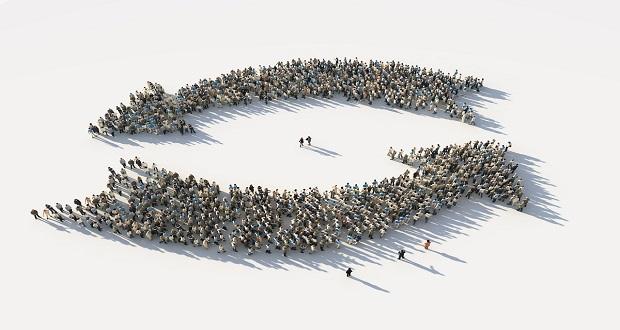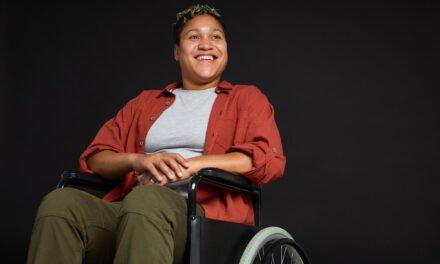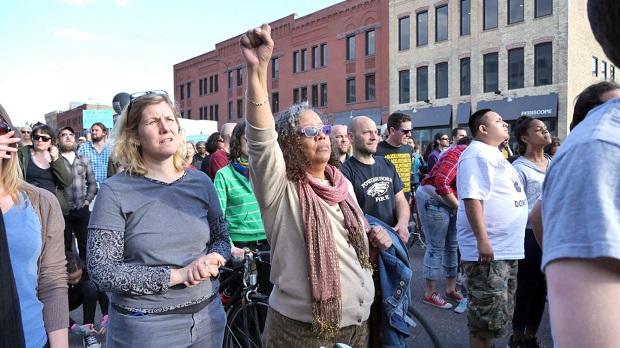
**Before getting into this week’s post, we want to explain our title choice for this series. We recognize that it is not grammatically correct, and we wanted to share why we made the intentional choice to use it. “There’s levels to this” comes from rapper Meek Mill’s song “Levels,” and has generally become a popular phrase in black, urban culture to denote the complexity of a situation or idea. In talking about systems, we want to honor the complexity of the topic, and we also wanted to do it in a way that celebrates a cultural understanding of that complexity, one that often stems from marginalized cultures for whom inequity is more prevalent, obvious, and consequential.
In last week’s post, we delved deep into the group level of systems with an exploration of what it means to be part of dominant and non-dominant groups and how our group identities translate into privilege and power. We argued that our dominant or non-dominant group status either illuminates institutional inequity or shields us from it. Today, we’re going to take a deeper dive into that institutional inequity – what it means, how it happens, and what we can do about it.
To get down to the very basics of what we mean by the institutional level of systems, let’s define “institution.” Merriam-Webster defines it seven different ways, but there are three that I think are most important for the purposes of this post:
- an organization, establishment, foundation, society, or the like, devoted to the promotion of a particular cause or program, especially one of a public, educational, or charitable character
- a well-established and structured pattern of behavior or of relationships that is accepted as a fundamental part of a culture, as marriage
- any established law, custom, etc.
So, “institution” could broadly refer to U.S. society and its commitment to and promotion of the “cause” of the Constitution. It could refer to any of our universities, public school systems, military branches, churches, or even private organizations. It could refer to our laws and procedures, such as the laws around marriage, drugs, and separation of church and state. And, it could refer to cultural patterns, from the ways in which we greet one another to the ways in which we form binding relationships with one another. In sum, the institution is three things: the organization itself, the patterns of behavior and relationships that are foundational to the organization, and the established laws and procedures of the organization.
The institutional level of systems refers to the norms and -isms that shape our realities on these three levels – some covert, some overt. Institutional inequity, then, is the inequity that becomes embedded in our organizations, in our cultural patterns and relationships, and in our laws and procedures. It refers to the ways in which our institutions—whether that’s organizations, cultural patterns, or laws—treat some people differently than others. It’s the way these institutions marginalize some while normalizing others. And this is not just a momentary marginalization—it is a persistent marginalization, so embedded in our cultural patterns and laws that it becomes an everyday reality, and at the same time, invisible.
When I think of institutional inequity, I think of the institution of the prison system and the institution of over-policing of black and brown men that leads to the institution of the mass incarceration of black and brown men in the U.S.
When I think of institutional inequity, I think of the way that pay gaps have become institutionalized – it is the norm to pay women less than men, and women of color even less than that. I think of the way that even sexual harassment has become institutionalized in that there are not enough laws and procedures to address it, and it is the cultural norm to believe men and disbelieve women, making it difficult to speak up.
When I think of institutional inequity, I think of the ways our society is literally built for able-identified people to the exclusion of people with disabilities. Making places accessible to people in wheelchairs is often an afterthought rather than central to the design. Being able to walk is our institutional norm as a society, even though 2.2 million people in the U.S. depend on a wheelchair for day-to-day tasks and mobility, and 6.5 million people use a cane, a walker, or crutches to assist with their mobility. And that’s just one type of disability.
And the list goes on and on…
The difficulty of addressing the institutional level of systems and institutional inequity is that it seems too big, too far-reaching, too culturally embedded, and even more intimidating sometimes, too embedded into our laws. However, at the foundation of every institution, whether that’s an organization, its cultural norms, or its laws, are people. People build organizations; people create norms, values, patterns, and relationships; people write laws and procedures. And so, people have the power to correct inequities in all these institutional forms.
At the foundation of every institution, whether that’s an organization, its cultural norms, or its laws, are people. Share on XThat’s where we need to keep our focus when we talk about institutional inequity – on the people who are suffering from these inequities and on the people who have the power to correct them (those aren’t mutually exclusive). Last week’s discussion on the privilege of the individual and the power of the collective is relevant here. Those with privilege, those who fit within the institutionalized norms of our society and organizations, have individual power to challenge institutionalized inequities.
As an example, in the context of gender inequity, men in leadership can challenge the institutionalization of sexual harassment by refusing to participate in culturally constructed patterns of behavior that dehumanize women and by calling for a change in laws and procedures around the issue. Women can and have done this as well, but as part of the non-dominant group, the power, as mentioned previously, is often in the collective. Women have acted and continue to act on their collective power through the #MeToo Movement, which keeps the issue at the forefront of our cultural consciousness so that inequitable behaviors and procedures do not continue to go unchecked.
However, even when we remember that institutions are made up of people, and people can create change, sustainable transformation remains elusive when it comes to many of the institutional inequities we face as a society. Just to name a few, racism, sexism, homophobia, and ageism still exist and are embedded into the foundations of our society. Why is it hard? What can we do?
We can’t begin to transform the institutions within our society without seeing the truth about them. We can’t begin to transform institutionalized racism until we see it as institutional in the first place, as foundational to our laws, cultural patterns, and organizational structures. But that’s a hard truth to face, and the implications are far-reaching. And because we often want to jump to solutions so that we can fix the problem, we are often only able to fix a piece of the problem because we have failed to really see it fully. But in order to fully rebuild new, equitable institutions, we have to fully tear down the old.
We can’t begin to transform the institutions within our society without seeing the truth about them. Share on XLawyer, author, and founder of the Equal Justice Initiative Bryan Stevenson said wisely in his book, Just Mercy: A Story of Justice and Redemption, that, “You can’t demand truth and reconciliation. You have to demand truth – people have to hear it, and then they have to want to reconcile themselves to that truth.”
We have to reconcile ourselves with the truths of the institutional inequities in our society, even when they seem too big. Otherwise, we will continue to perpetuate them, intentionally or not. Addressing this level of systems is daunting not only because we forget that it’s about people, but because the truth is daunting. But if we can face that truth, work to illuminate that truth for others, and focus on the people, we can begin to tear down and rebuild. We can begin to create sustainable transformation. One truth, one story, one policy, one behavior, one act of resistance at a time.


















